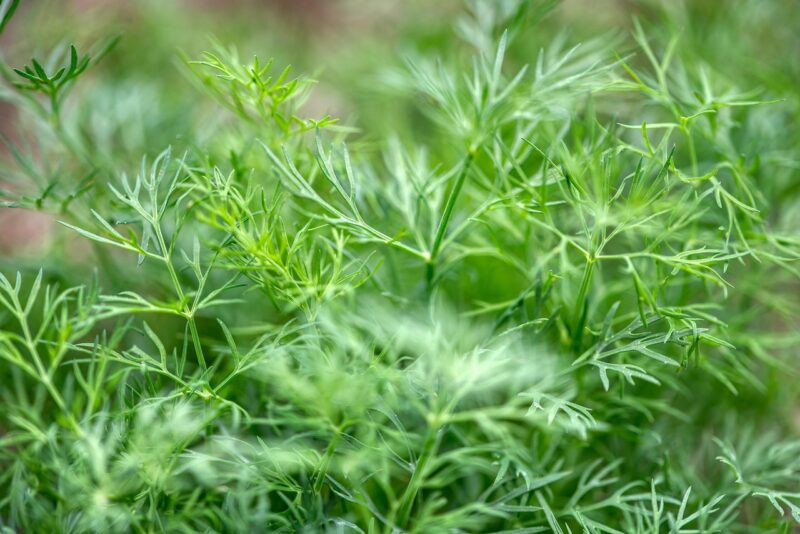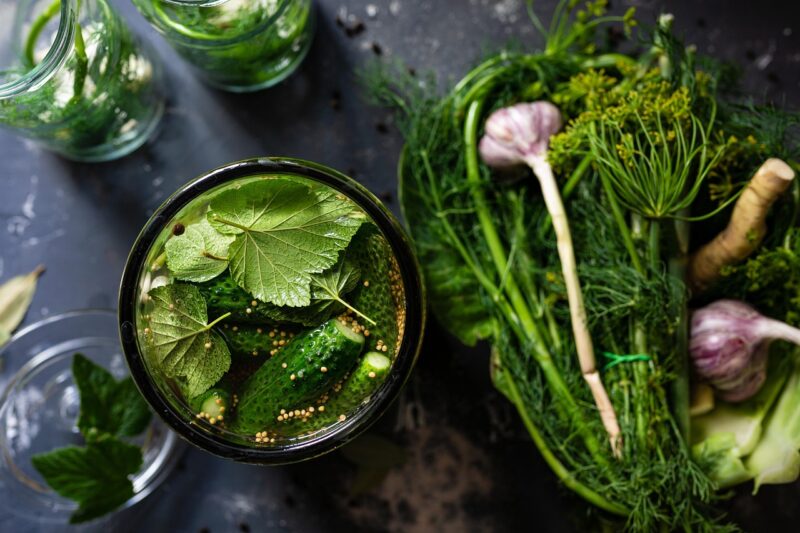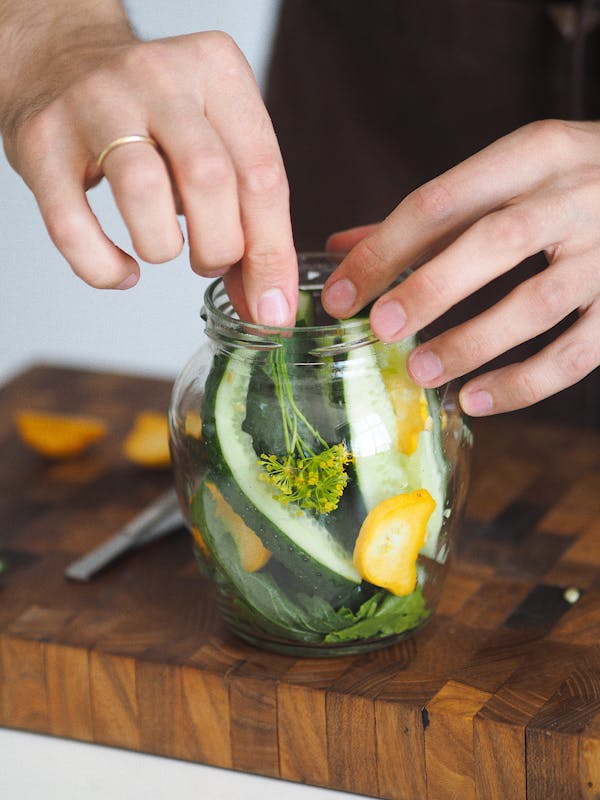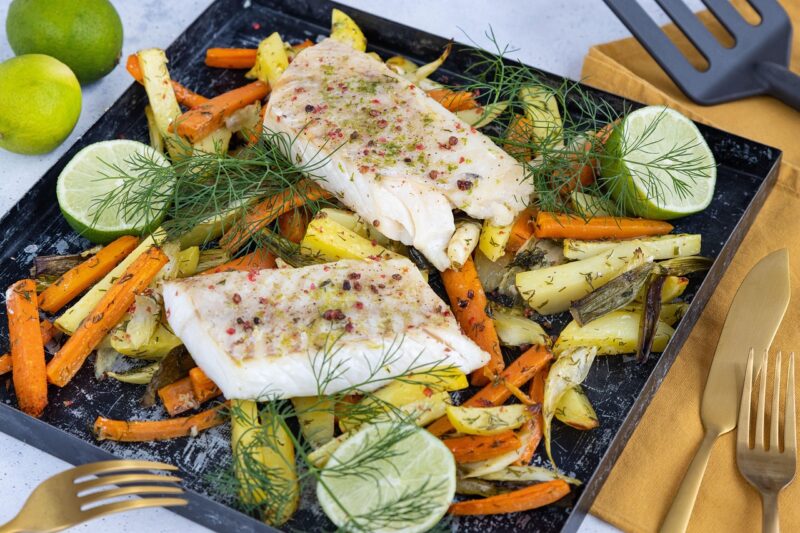Dill, with its feathery green fronds and aromatic leaves, is a favorite herb in kitchens worldwide. Beyond seasoning dishes, it has historical roots that stretch across many cultures. In this post, we’ll explore comprehensive methods for preserving dill so that you can enjoy its distinct flavor year-round.
From time-tested techniques to modern innovations, this guide aims to equip you with everything you need to make the most of this delightful herb.
Understanding Dill and Its Culinary Importance
Before we dive into preservation methods, it’s essential to appreciate what dill brings to the table. This herb, native to the Mediterranean and western Asia, is not just a culinary delight; it’s steeped in history and tradition. Dill has been cherished for centuries, not only for its flavor but also for its potential medicinal properties, often linked to digestive aid.
In culinary use, dill complements a variety of dishes. Think salmon fillets seasoned with fresh leaves, homemade pickles infused with dill’s distinct aroma, and creamy potato salads that sing with this green herb. Its versatility makes it indispensable in many recipes, particularly in Scandinavian and Eastern European cuisines.
This section sets the stage for understanding why preserving dill is worthwhile. The unique taste of dill can elevate your dish, and having it on hand throughout the year enables creativity in the kitchen, no matter the season.
The Best Time to Harvest Dill
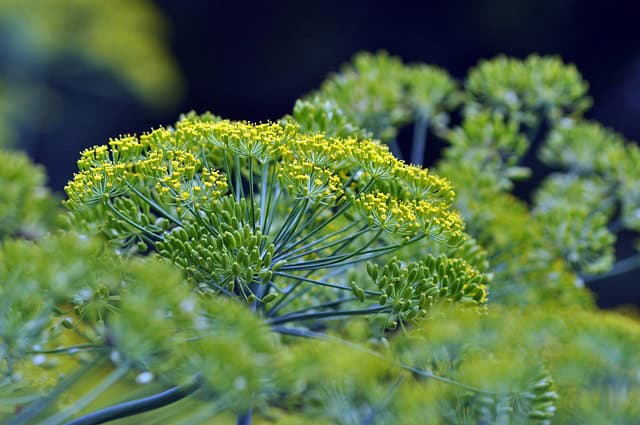
Timing is crucial when it comes to harvesting dill. To capture the essence of this herb, you want to collect it at its peak flavor. Dill can typically be harvested twice a year: once in spring when the leaves are young and tender and again just before flowering in the summer. The best time of day to harvest is in the morning after the dew has dried, as this ensures the maximum concentration of essential oils.
When choosing dill for preservation, look for lush, vibrant green fronds. Avoid yellowing or wilting leaves, as these indicate that the herb is past its prime. Ideally, you should use your freshly harvested dill the same day to ensure the best flavor and aroma when preserving.
Methods of Preserving Dill
After harvest, you’ll want to employ preservation techniques that maintain dill’s flavor and nutritional properties. There are various methods you can choose from, depending on your preferences and the culinary applications you have in mind.
Freezing Dill

One of the simplest and most effective ways to preserve dill is by freezing it. This method locks in flavor and aroma, making frozen dill a close substitute for fresh. Here’s how to do it correctly:
Wash and Dry: Rinse the dill under cold water to remove any dirt. Use a salad spinner or a clean kitchen towel to remove excess moisture.
Chop or Leave Whole: Depending on how you plan to use it later, you can chop the dill finely or leave it whole. For soups and stews, whole sprigs work well, while chopped dill is great for sprinkling on salads.
Bag It: Place the dill in an airtight freezer bag, squeezing out excess air or use a vacuum-sealer for even better preservation.
Label and Date: Always label your bags with the date so you can keep track of freshness. Frozen dill can last six months to a year.
Usage: There’s no need to thaw dill before using it in cooked dishes; simply add it directly from the freezer.
Drying Dill
Drying is another method to preserve dill’s essence, albeit with some loss of flavor compared to fresh or frozen varieties. Nevertheless, dried dill can still add excellent depth to dishes. Here’s how to do it:
Harvest and Prepare: As with freezing, wash and dry the dill thoroughly. It’s crucial to ensure there’s no moisture because this can lead to mold during storage.
Choose Your Drying Method:
Air Drying: Tie small bundles of dill and hang them upside down in a dark, well-ventilated area. It can take about a week for the leaves to fully dry.
Oven Drying: Set your oven to the lowest setting, spread the dill on a baking sheet, and leave the oven door ajar. Check frequently, as this method can dry herbs quickly.
Dehydrator: If you have a dehydrator, this is an excellent option for efficient and even drying. Follow the manufacturer’s instructions, typically set around 95°F for herbs.
Store Properly: Once dried, crumble the leaves and store dill in an airtight container in a cool, dark place. Proper storage can keep dried dill effective for up to a year.
Usage: Dried dill is more concentrated than fresh, so remember to adjust the quantity used in recipes accordingly.
Dill Infusions
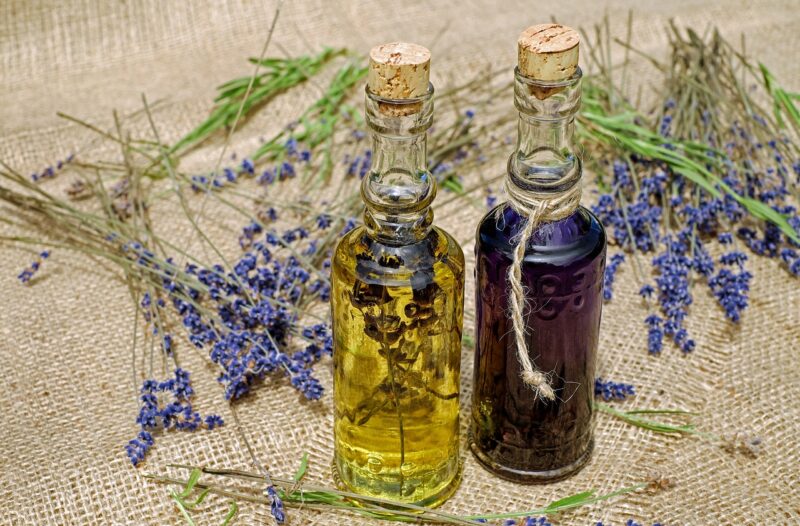
Infusing dill into oils or vinegar is another innovative way of preserving its flavor, lending itself beautifully to dressings or marinades. Here’s how you can do this:
Dill Oil:
Choose the Right Oil: Use a high-quality neutral oil or olive oil.
Combine: Place fresh dill and oil in a saucepan and heat gently, ensuring it doesn’t boil. Heat for about 10-15 minutes to let the flavors meld.
Strain: Once cooled, strain out the dill and transfer the infused oil into a clean bottle.
Dill Vinegar:
Select Your Vinegar: White wine vinegar or apple cider vinegar works well.
Infuse: Combine fresh dill with vinegar in a jar and let it steep for a week in a cool, dark place.
Strain and Store: After the infusion period, strain the dill out and store the vinegar in a bottle.
Usage and Enjoyment: Use dill-infused oil as a base for salad dressings, or drizzle over roasted vegetables. Dill vinegar can add a delightful tang to salads or be used as a marinade.
Pickling with Dill
Another popular way to preserve dill is through pickling. Dill pickles are a staple for many households, and the process is relatively straightforward.
Pickling Recipe:
Brine Mixture: Start with vinegar, water, salt, and sugar. Classic ratios involve 1 part vinegar to 1 part water and desired salt and sugar levels.
Add Dill: Place fresh dill sprigs into sterilized jars along with cucumbers or other vegetables you wish to pickle.
Canning Process:
Sterilize Jars: Boil jars and lids in water to sterilize, then keep them at a simmer until ready to fill.
Fill and Seal: Pour the hot brine over the packed cucumbers, leaving some headspace. Seal with lids while hot.
Cooling and Storing: Allow the jars to cool before labeling and storing them in a cool, dark place. They should be consumed within a year for the best quality.
Enjoying Your Dill Pickles: Besides being a fantastic snack, dill pickles can elevate sandwiches, burgers, and charcuterie boards.
Experimenting with Dill Preserves
As you become comfortable with basic preservation techniques, don’t shy away from creativity. Experimenting with flavored salts or spice blends that feature dried dill can expand its utility.
For example, a herbed salt mix can combine dried dill with garlic powder, lemon zest, and sea salt. This versatile seasoning can be employed on popcorn, roasted vegetables, or grilled meats.
Creating compound butters with chopped fresh or dried dill, softened butter, and spices is another delectable idea. This butter can elevate simply grilled fish or vegetables, offering a gourmet touch with minimal effort.
Storage Tips for Preserved Dill
Regardless of the preservation method you choose, storage is key to maintaining flavor and freshness. Always ensure your storage containers are clean and dry. For freezing, use airtight bags or containers. For dried and infused products, dark glass or opaque containers work best, protecting your herbs from light, which can degrade flavor over time.
If you find yourself with an overflow of preserved dill, consider gifting it to friends or family. Homemade preserves often carry a personal touch that store-bought items can’t replicate, making them thoughtful and cherished gifts.
Fresh vs. Preserved Dill: Understanding the Differences
While preserving dill allows for year-round use, it’s vital to understand the differences in flavor and usage. Fresh dill tends to have a brighter, more vibrant flavor that can lift dishes. On the other hand, dried or frozen dill carries a more concentrated flavor. When substituting preserved dill for fresh in a recipe, remember that less is often more; you might only need a third of the amount called for in fresh dill.
Using combinations—such as fresh dill for garnishing and dried dill in a casserole—can enhance the overall flavor profile of your dish, creating a richer taste experience.
Seasoning Suggestions with Dill
To truly capitalize on your preserved dill, explore a variety of seasoning combinations. Dill pairs beautifully with flavors like lemon, garlic, and yogurt, creating a fantastic base for dressings, dips, or marinades. Some creative ideas include:
Dill and Lemon Yogurt Sauce: Perfect for drizzling over grilled meats or as a dip for veggies.
Garlic-Dill Roasted Potatoes: Toss fresh or frozen dill with olive oil, garlic, and potatoes before roasting for a simple yet satisfying side dish.
Dill-Infused Cream Sauce: A quick cream sauce using butter, heavy cream, and dill can elevate pasta dishes or chicken entrees.
Be bold in the kitchen! Experimenting with your preserved dill can lead to delightful surprises and fresh culinary experiences.
Personal Anecdotes: The Love of Dill in Our Kitchen
Throughout generations, dill has found a special place in my family’s kitchen. As a child, I vividly remember my grandmother tending to her small herb garden. Dill was among her prized herbs, and its aromatic presence marked the summer months. From cold borscht garnished with fresh dill to her famous dill pickles, the herb was a staple at every family gathering.
I began my journey preserving dill out of a desire to keep those flavors alive. The first time I tasted my homemade dill pickles, the memories flooded back. It wasn’t just about the flavor; it was a connection to my heritage and traditions. Preserving dill has since become a ritual, one that I cherish.
Encouraging friends to try their hand at cultivation and preservation has only strengthened these bonds. Each jar of preserved dill becomes a story, an experience, and a slice of shared contentment.
Conclusion: Celebrate Dill Year-Round
The journey of preserving dill is a rewarding one, offering both culinary brilliance and personal connection. Whether you choose to freeze, dry, infuse, pickle, or experiment with innovative methods, each technique has its place and can bring a little bit of summer’s essence into the colder months.
As you embark on your own dill preservation project, remember that culinary arts transcend mere cooking; they carry stories, memories, and traditions. Your effort to preserve dill is not just about the herb itself but about the joy it brings to the meals you prepare and the people with whom you share them.



